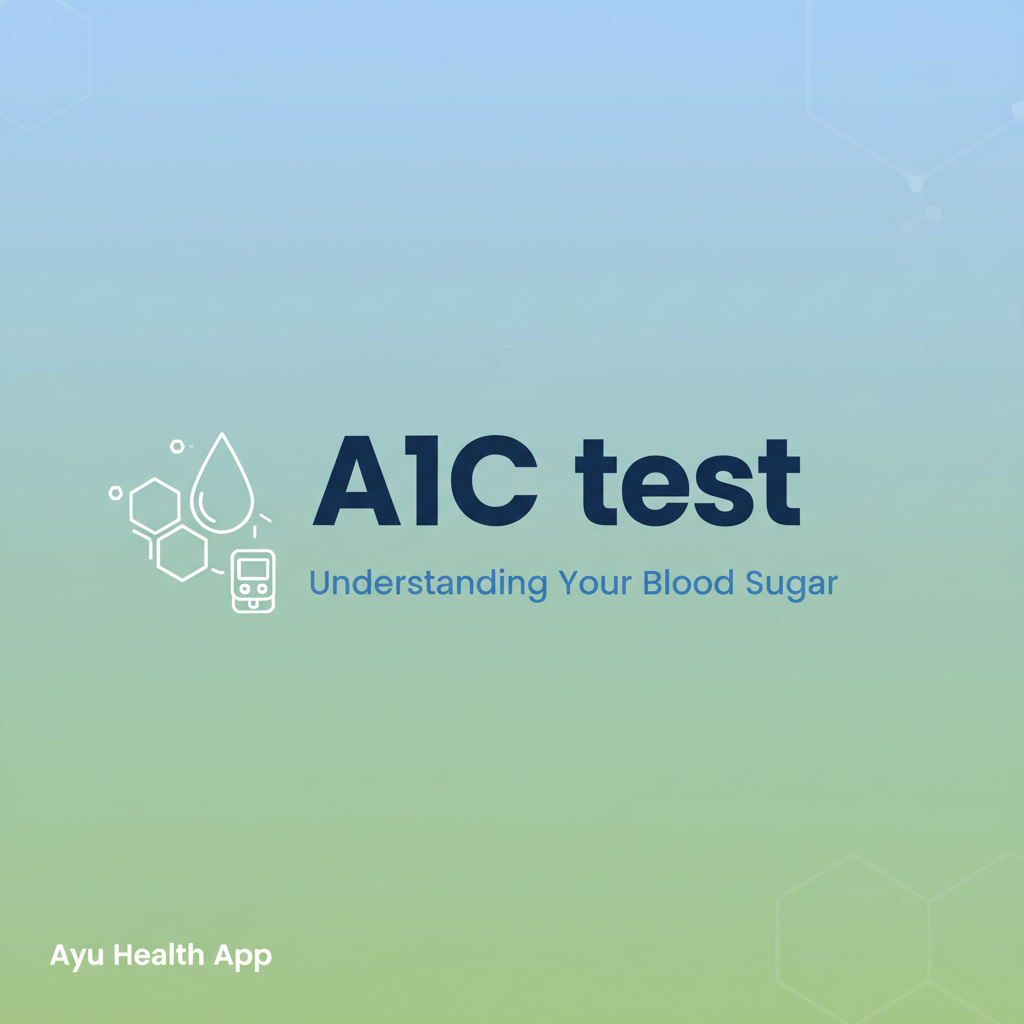Occupational Skin Diseases: When Work Affects Your Skin
Your workplace shouldn't harm your health, but for millions of workers worldwide, occupational skin diseases represent a daily reality. From healthcare professionals dealing with constant hand washing to agricultural workers exposed to pesticides, and chemical industry employees handling hazardous substances, skin-related occupational illnesses are among the most common work-related health issues globally.
The Hidden Epidemic
Occupational skin diseases account for approximately 25% of all work-related illnesses, making them the second most common type of occupational disease after musculoskeletal disorders. What makes these conditions particularly concerning is their potential for long-term impact on workers' quality of life and their ability to perform their jobs effectively.
The skin, being our body's largest organ and primary barrier against the external environment, bears the brunt of workplace exposures. When this protective barrier is compromised, workers face not only immediate discomfort but also increased risk of infections, allergic reactions, and in severe cases, permanent skin damage.
Common Occupational Skin Diseases
Contact Dermatitis
Contact dermatitis is the most prevalent occupational skin disease, characterized by inflammation of the skin resulting from direct contact with irritating or allergenic substances.
Types:
- Irritant Contact Dermatitis: Caused by direct damage to the skin from chemicals, detergents, or physical irritants
- Allergic Contact Dermatitis: Results from an immune system reaction to specific allergens like latex, metals, or fragrances
Symptoms:
- Red, inflamed skin
- Itching and burning sensations
- Blisters or dry, scaly patches
- Skin thickening with prolonged exposure
Occupational Eczema
Occupational eczema often overlaps with contact dermatitis but tends to be more chronic and can persist even after exposure to the triggering agent has ceased.
Characteristics:
- Dry, itchy, and inflamed skin
- Formation of small, fluid-filled bumps
- Skin cracking and bleeding in severe cases
- Increased susceptibility to bacterial infections
Chemical Burns
Chemical burns represent the most severe form of occupational skin injury, caused by exposure to corrosive substances.
Severity levels:
- First-degree: Affects only the outer skin layer, causing redness and pain
- Second-degree: Damages deeper skin layers, causing blisters and intense pain
- Third-degree: Destroys all skin layers and potentially underlying tissues
High-Risk Industries
Healthcare Industry
Healthcare workers face unique skin challenges due to frequent exposure to:
Risk factors:
- Frequent handwashing and sanitizing
- Latex gloves and other protective equipment
- Disinfectants and sterilizing agents
- Medications and chemotherapy drugs
Common conditions:
- Hand dermatitis from frequent washing
- Latex allergies
- Chemical sensitization from disinfectants
Prevention strategies:
- Use of powder-free, hypoallergenic gloves
- Proper hand care routines with moisturizers
- Rotation of glove materials to prevent sensitization
Agriculture
Agricultural workers encounter numerous skin hazards through:
Risk factors:
- Pesticides and herbicides
- Plant allergens and irritants
- UV radiation exposure
- Mechanical injuries from plants and equipment
Common conditions:
- Pesticide-induced dermatitis
- Phototoxic reactions (sun-chemical interactions)
- Plant-induced allergic reactions
Prevention strategies:
- Proper protective clothing and equipment
- Safe handling and application of chemicals
- Regular skin inspections
- Education on plant allergens
Chemical Industry
Chemical industry workers face perhaps the highest risk due to:
Risk factors:
- Direct contact with industrial chemicals
- Vapor and aerosol exposure
- Solvent exposure
- Corrosive substances
Common conditions:
- Acute chemical burns
- Chronic solvent dermatitis
- Allergic sensitization to industrial chemicals
Prevention strategies:
- Comprehensive personal protective equipment (PPE)
- Proper ventilation systems
- Emergency shower and eyewash stations
- Regular safety training
Prevention: The First Line of Defense
Personal Protective Equipment (PPE)
Essential PPE includes:
- Chemical-resistant gloves appropriate for specific hazards
- Protective clothing and aprons
- Face shields and safety goggles
- Respiratory protection when aerosols are present
Workplace Controls
Engineering controls:
- Adequate ventilation systems
- Enclosed processes to minimize exposure
- Emergency wash facilities
- Proper waste disposal systems
Administrative controls:
- Regular safety training programs
- Hazard communication programs
- Medical surveillance programs
- Job rotation to minimize exposure time
Personal Hygiene Practices
- Immediate washing after chemical contact
- Use of appropriate skin care products
- Regular skin inspections
- Prompt treatment of minor skin injuries
Early Recognition and Treatment
Warning Signs
Workers should be aware of these early warning signs:
- Persistent skin irritation or redness
- Unusual itching or burning sensations
- New rashes or skin changes
- Increased sensitivity to previously tolerated substances
Immediate Response
For chemical exposure:
- Remove contaminated clothing immediately
- Flush affected area with water for at least 15 minutes
- Seek medical attention for severe burns or widespread exposure
- Document the incident for workplace reporting
For persistent dermatitis:
- Avoid further exposure to suspected irritants
- Use mild, fragrance-free moisturizers
- Seek medical evaluation for proper diagnosis
- Consider patch testing for allergic causes
The Role of Digital Health Records
Modern healthcare technology, including platforms like Ayu, plays a crucial role in managing occupational skin diseases. Digital health records enable:
- Comprehensive tracking of occupational exposures and symptoms
- Pattern recognition to identify workplace-related health issues
- Easy sharing of medical history with occupational health specialists
- Documentation for workers' compensation claims
- Preventive care reminders for high-risk workers
By maintaining detailed digital records of skin conditions, exposures, and treatments, workers and healthcare providers can better understand patterns, optimize prevention strategies, and ensure appropriate care.
Legal and Ethical Considerations
Workers' Rights
Employees have the right to:
- A safe working environment
- Proper protective equipment
- Information about workplace hazards
- Medical surveillance for occupational health risks
- Workers' compensation for work-related injuries
Employer Responsibilities
Employers must:
- Provide adequate safety training
- Supply appropriate protective equipment
- Implement safety protocols
- Report occupational injuries and illnesses
- Provide access to medical care for work-related conditions
Looking Forward: Prevention and Innovation
The future of occupational skin disease prevention lies in:
Technological advances:
- Development of better protective materials
- Improved chemical substitution programs
- Advanced air monitoring systems
- Wearable technology for exposure monitoring
Education and awareness:
- Enhanced worker training programs
- Public health campaigns
- Integration of occupational health in medical education
- Community outreach programs
Policy improvements:
- Stricter workplace safety regulations
- Better enforcement of existing standards
- Improved workers' compensation systems
- International cooperation on occupational health standards
Conclusion
Occupational skin diseases represent a significant but largely preventable category of workplace injuries. Through proper education, adequate protective measures, early recognition, and appropriate treatment, we can dramatically reduce the burden of these conditions on workers and society.
The key lies in recognizing that skin health is not just a personal concern but a workplace responsibility. Employers, workers, healthcare providers, and policymakers must work together to create safer work environments where no one's livelihood comes at the cost of their health.
Remember: your skin is your body's first line of defense, but it shouldn't have to fight this battle alone. With proper precautions, awareness, and the support of modern healthcare technology like digital health records, we can ensure that work enhances our lives rather than endangering our health.
At Ayu, we understand the importance of maintaining comprehensive health records, especially for occupational health concerns. Our digital platform helps workers and healthcare providers track, manage, and share crucial health information, ensuring that occupational skin diseases are properly documented and treated. Because your health history should work for you, not against you.



